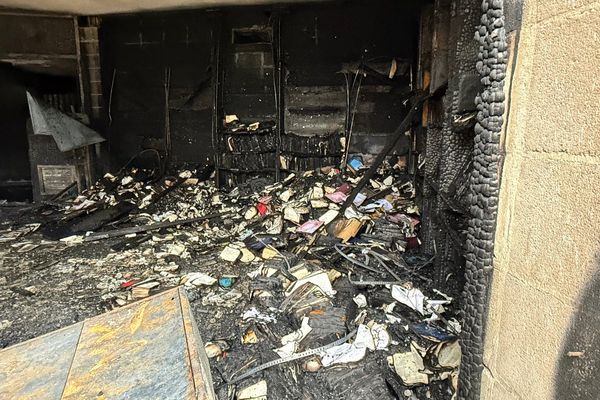
Lockheed Martin Corp. is protesting the US Army’s choice of Bell Textron Inc. to build the service’s replacement for its mainstay Black Hawk assault helicopter by 2030, a potential $7 billion project that includes development and production if all options are awarded.
Lockheed filed its challenge Wednesday with the Government Accountability Office, which has 100 days to render a decision. In fiscal 2022, the agency sustained challenges — overturning contract awards — in 13% of the more than 1,600 cases filed, according to its annual report to Congress.
A thorough review and feedback from the Army “lead us to believe the proposals were not consistently evaluated to deliver the best value in the interest of the Army, our soldiers and American taxpayers,” Paul Lemmo, president of Lockheed’s Sikorsky unit, said. Lemmo said in an interview that the decision was made after an extensive debriefing process “where we ask a lot of questions.”
The Future Long-Range Assault Aircraft is the first program in the Army’s Future Vertical Lift project to replace both the Black Hawk and Apache helicopters. It’s seen as a crucial test of how the service can modernize without delay and cost overruns after some high-profile failures over the past 20 years.
The initial development contract is valued at as much as $1.3 billion and expected to take 19 months, according to the Army. The service had two different approaches to choose from. Bell won with a tilt-rotor aircraft called the V-280 Valor that’s derived from its tilt-rotor V-22 Osprey, which can take off and land like a helicopter and fly like a plane.
A team of the top two defense contractors, Lockheed and Boeing Co., offered a coaxial lift compound rotor aircraft called Defiant X.
“We felt that the evaluation didn’t effectively consider everything that it should have,” Sikorsky’s Lemmo said in the interview, without elaborating. “We believe that they didn’t follow their stated evaluation criteria. We strongly believe that we offer the best value to the Army — a combination of capability and price.” Boeing said in a statement that it supports Lockheed’s GAO filing.
Bell Textron had no immediate comment. On a website promoting its V-280 Valor, the company calls it the only option “with the proven agility, speed, range and endurance” for the mission.
Lieutenant Colonel Terence Kelley, an Army spokesman, said in a statement that “as a matter of policy, the Army does not discuss pending contract disputes.”
The stakes are especially high for Textron Inc.’s Bell division, which needs to offset declining sales for its V-22 Osprey. Without the contract, Bell military revenue was expected to decline from $1.8 billion this year to $802 million by 2026, according to Jefferies defense analyst Sheila Kahyaoglu. She estimated that at peak production, the Black Hawk replacement could reap $11 a share for Textron.
Analysts Roman Schweizer and Cai von Rumohr of Cowen wrote: “For Textron, it is a generational win that rejuvenates Bell’s military franchise.”
Even with the Army loss, Lockheed remains well-positioned because its Sikorsky unit makes the CH-53K heavy lift helicopter for the Marine Corps. The $35 billion program received Navy approval this month to move into full-rate production. It also manufactures the $5 billion VH-92 Marine One presidential helicopter.
©2022 Bloomberg L.P.







